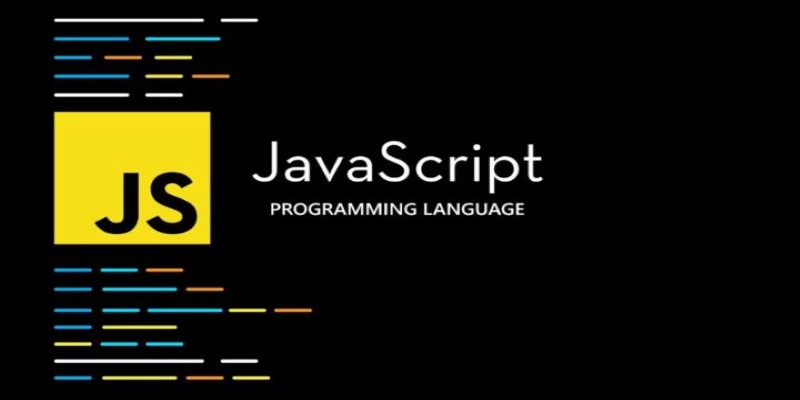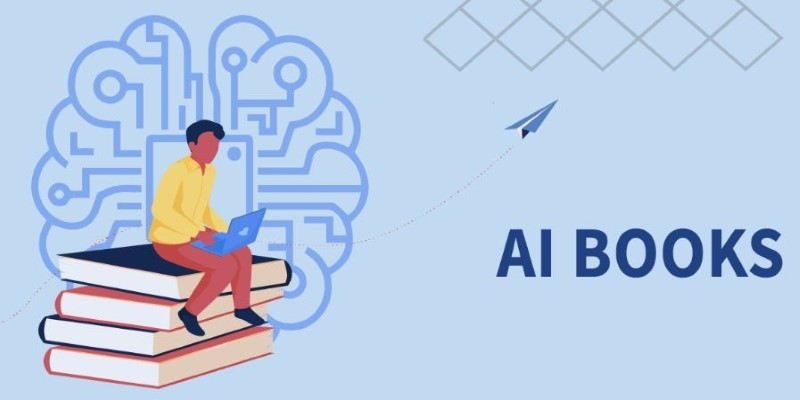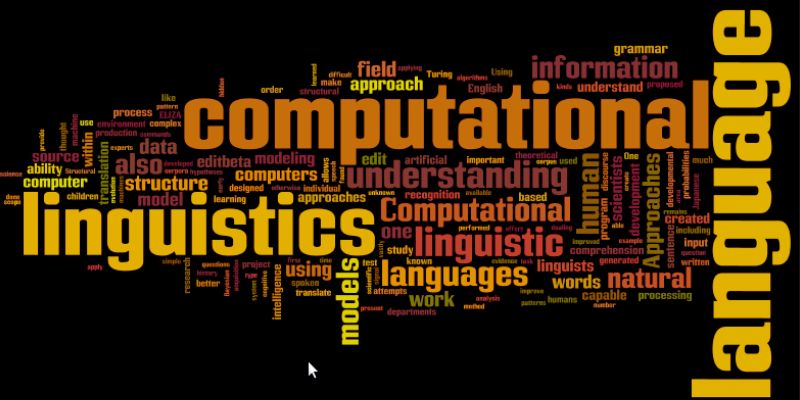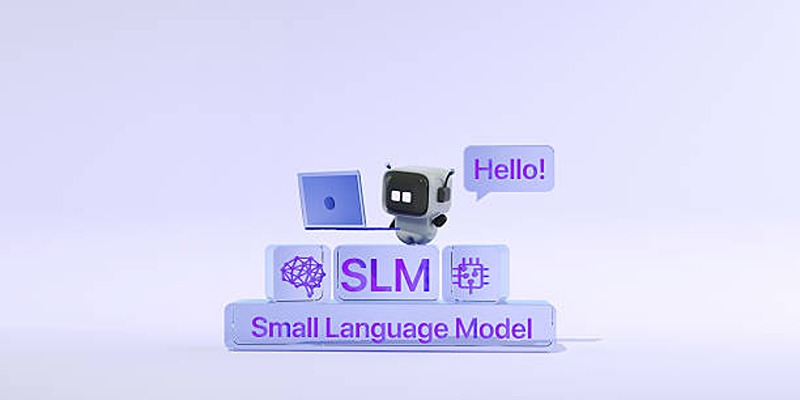Picking a programming language in 2025 isn’t just about trends—it’s about fit. Developers today choose based on real needs: what solves problems faster, integrates well, and holds up over time. Some languages have stayed strong, but their roles have shifted with the rise of AI, automation, and advanced web tools. Whether you’re building something new or expanding your skills, it helps to know what’s gaining ground. Here are ten languages that are standing out this year for all the right reasons.
Top 10 Programming Languages in 2025
Python
Python has been around for decades, but it feels more relevant now than ever. Its clean syntax makes it accessible for beginners, yet it’s powerful enough to run serious data pipelines, automate workflows, and build AI systems. It's the default pick for many in data science and machine learning. Jupyter notebooks, pandas, TensorFlow, and scikit-learn—most of these libraries were built with Python in mind.
Python's rise in AI isn’t new, but its grip on the field is tighter than ever in 2025. From startups to large-scale enterprise tools, Python is still the go-to for building and deploying models. And since it plays well with other languages, it remains a favorite for integrating different parts of a tech stack.
JavaScript
JavaScript remains the core of anything web-related. Frameworks like React and Vue still dominate front-end development, and back-end tools like Node.js continue to be in demand. What’s changed lately is how JavaScript has started becoming more present in full-stack development thanks to tighter integrations and the rise of newer platforms that use it across the board.

It’s also been a consistent pick for those working on browser-based tools, real-time apps, and modern interfaces. As long as the web exists the way it does today, JavaScript isn’t going anywhere.
TypeScript
TypeScript is often seen as the “grown-up” sibling of JavaScript. Developers tired of chasing down errors in long JavaScript files have shifted toward TypeScript for its static typing. It helps catch bugs early and makes large codebases easier to manage.
By 2025, TypeScript won't be a niche choice anymore—it's a default in many teams. If you're building web apps that are expected to scale and last, it's likely someone will push for TypeScript over plain JavaScript. The tooling, the community, and the documentation have matured to the point where picking TypeScript feels less like a preference and more like a practical decision.
Go (Golang)
Go shines in areas where speed and efficiency matter. Think backend systems, cloud infrastructure, and microservices. Originally developed by Google, Go has gained steady traction for being easy to deploy and simple to maintain. There are fewer bells and whistles compared to some other languages, but that’s what developers like about it.
In 2025, Go is often chosen when teams need reliable performance without complexity. It's not overloaded with features, which means less room for bugs. And it compiles fast, which is always a nice bonus.
Rust
Rust’s biggest selling point is safety—memory safety, to be exact. And it’s delivered on that promise well enough that big names like Microsoft, Meta, and Amazon have adopted it in parts of their systems. Rust lets developers write fast, low-level code without the risks that usually come with languages like C or C++.
This makes Rust particularly useful for systems programming, embedded devices, and any situation where security is non-negotiable. It has a steeper learning curve, but for those willing to get through the initial complexity, it rewards with control and performance.
Kotlin
Kotlin became popular largely because of Android development, but by 2025, it had stepped beyond that. Many teams now use Kotlin on the backend, especially when working with JVM-based systems. JetBrains (the creators of Kotlin) have kept the language fresh with regular updates and strong tooling.
Compared to Java, Kotlin is more concise and generally easier to read. It reduces boilerplate and avoids many common mistakes. And since it’s fully interoperable with Java, developers often mix both in the same codebase—gradually shifting from old to new without much fuss.
Java
Despite being one of the older languages on this list, Java still holds a strong position in large-scale enterprise systems. Banks, insurance companies, and government platforms have thousands (sometimes millions) of lines of Java code that still need maintenance and occasional upgrades. But that’s not the only reason Java remains important.
Recent updates have made Java more readable and modern. Features like records, pattern matching, and improved garbage collection have helped it stay relevant. For many companies, Java is the safe, dependable choice. It may not be trendy, but it gets the job done.
Swift
If you're building anything for Apple platforms—iOS, macOS, watchOS—Swift is the way to go. It’s fast, safe, and constantly evolving with each major OS update from Apple. Over the years, Swift has moved past some of its growing pains and now offers a smooth experience for developers.

While its use is more targeted compared to Python or JavaScript, it’s still in high demand within its niche. Mobile development, especially for Apple devices, is far from slowing down. That alone keeps Swift in a strong position in 2025.
C#
C# continues to be a solid pick for those in the Microsoft ecosystem. It’s widely used for desktop apps, game development (thanks to Unity), and backend services with .NET. With .NET 8 gaining traction this year, performance improvements and cross-platform development have made C# even more appealing.
The syntax is clean, the community is active, and the documentation is reliable. That combination makes it a comfortable choice for many developers who don’t want to waste time debugging obscure issues or dealing with clunky libraries.
SQL
Yes, SQL. While it's not a "programming" language in the traditional sense, SQL remains one of the most commonly used languages across tech roles. SQL plays a part in all of data analysis, reporting, and backend integration.
By 2025, with more organizations leaning on data-driven decisions, the ability to write and optimize SQL queries is more valuable than ever. Even if you're not working directly with databases every day, knowing SQL often becomes a requirement when working with APIs, dashboards, or any data-heavy application.
So, what’s the takeaway?
Each language on this list stands out for a reason—whether it's Python's versatility, Go's speed, or Rust's safety. Some are great for the web, others for mobile, systems, or data. What's changed in 2025 is how people choose not just what's popular but what works best for the job. Developers are leaning toward tools that are clean, secure, and scalable. Trends may shift, but practical languages with strong support and real-world use will always have a place. Choosing wisely today means fewer headaches tomorrow.











